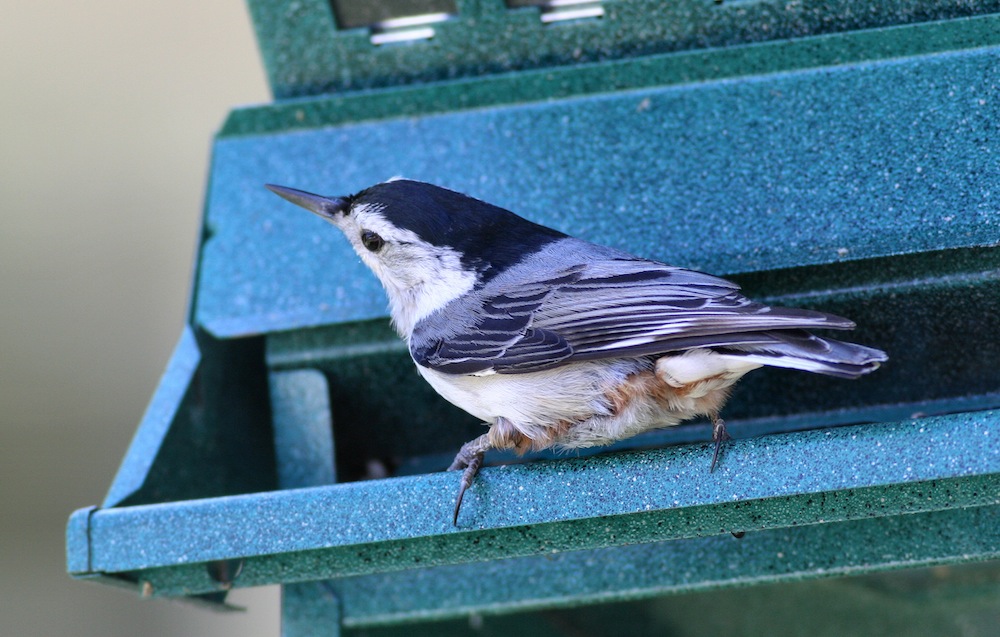
Every year, people with bird organizations and we here at Backyard Chirper repeat the same thing: clean your bird feeders.
It’s a reminder to do something that can end up feeling like a burdensome chore — having to go out into your yard, take down your bird feeders (which can reach double digits for those with big properties) and thoroughly the feeder clean inside and out with a bleach solution.
But, just like a parent tells a teenager to drive safely, we do it for the good of everyone — especially the birds.
Case in point: Officials in states around the country, particularly in New York and Arkansas, are reporting sick and dying birds around feeders. The likely culprit is salmonellosis, an infection from salmonella bacteria. The disease has been affecting Pine Siskins and Common Redpolls and is spread from bird to bird through ingestion of food or water that’s been contaminated by feces from an infected bird. It can also be spread through direct contact.
Spotting infected birds can be tricky, but here’s some advice, according to Arkansas Game and Fish Commission Nongame Migratory Bird Program Coordinator Karen Rowe.
Rowe said salmonellosis is a common cause of mortality in feeder birds, but the symptoms are not always obvious. “Sick birds may appear thin or fat and fluffed up and may have swollen eyelids. They are often lethargic and easy to approach,” she said. “Some infected birds may show no outward symptoms but are carriers of the disease and can spread the infection to other birds by contaminating the feed, water baths and perches with their droppings. Salmonellosis can also be transmitted by bird-to-bird contact and the disease is almost always fatal,” Rowe added.
Even though a bird feeder is a great resource for supporting birds, it’s also a prime area to spread salmonella bacteria because it attracts a lot of birds to one spot. This makes it absolutely imperative that you clean your feeders consistently at least every three days.
Spilled seed from feeders on the ground is also highly susceptible to the spread of salmonellosis because it could be contaminated with infected droppings, so you should also sweep it up whenever you clean your feeder.
For more info on how to clean your feeder, check out this article I wrote a while back.



1 Comment
Hey Tim,
After the experience I had infecting some goldfinches with the house finch eye disease (which I recently blogged about) I want to give a huge thanks to anybody who reminds birders it’s the right thing to do. Yes, it is a pain to take them down and clean them. After all, they wouldn’t choose to eat at your feeders if they knew it wasn’t safe to do so.
Congrats and I’m really glad to see you’re still putting out great content.
Jeff